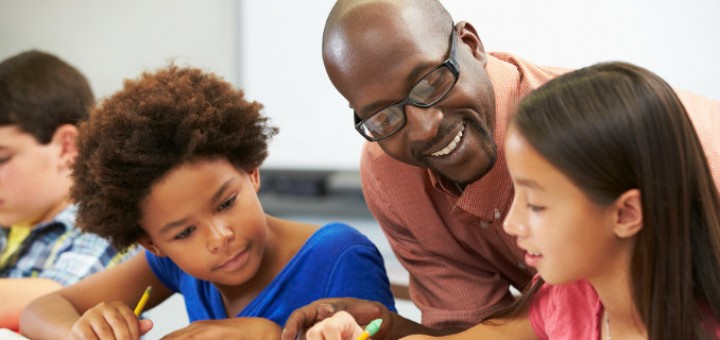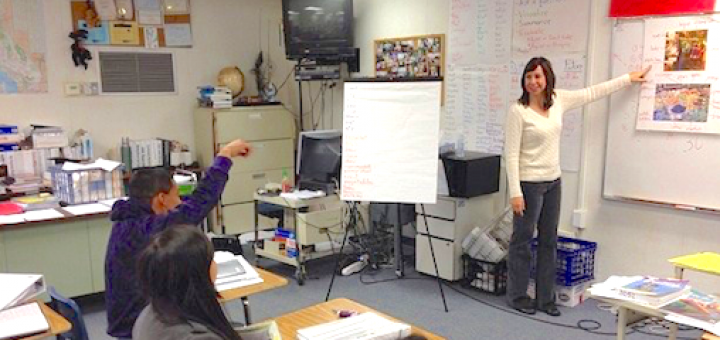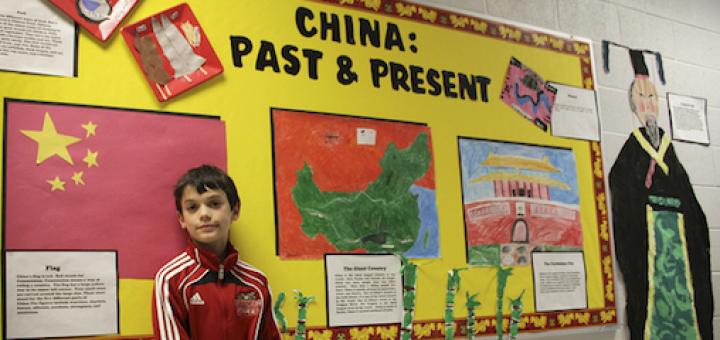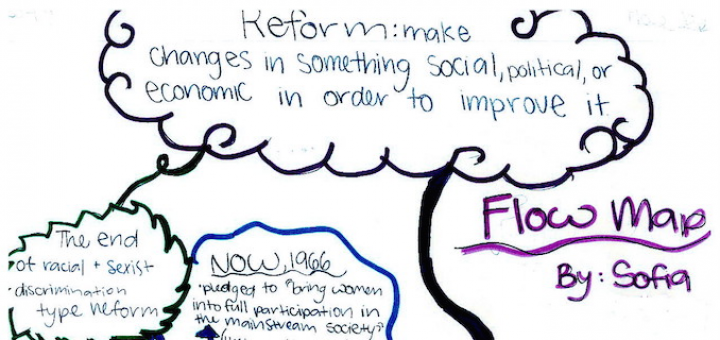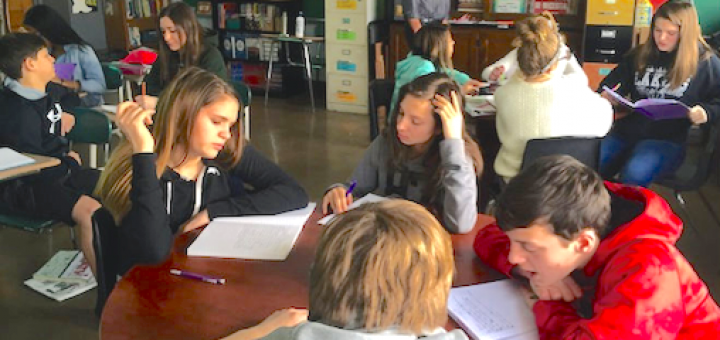Teaching and learning in grades 4-8
Many students with disabilities struggle to gain the language, social, or pragmatic skills they need to be self-advocates. Elizabeth Stein shares resources that can help co-teachers empower students to truly take charge of their learning and their lives.
When students struggle to write coherent essays or can’t explain their evidence well enough, it often boils down to this: they need help learning to build strong paragraphs. Literacy expert Sarah Tantillo takes us step by step through her construction process.
Paid ads and social media give lots of exposure to Presidential candidates. They also get free visibility from magazines, though they don’t always like what they see. Frank Baker offers a magazine-cover activity to help students build media literacy skills.
What considerations do teachers of English Language Learners need to keep in mind as they help students “close read” complex texts and meet Common Core standards? Veteran ELL teachers Larry Ferlazzo and Katie Hull Sypnieski share ideas from their classrooms.
In The Zen Teacher Dan Tricarico helps teachers move from a frazzled, overwhelmed existence as “the living dead” to focus on the moment, allowing us to free our creativity and be better educators. Stressed teacher Laura Von Staden found the book very helpful.
Both parents and teachers can benefit from reading Daniel Willingham’s thorough exploration of the science of reading and comprehension, gaining insights into what works with different age groups, says middle school educator Michael DiClemente.
How to fit it all in? For Mary Tarashuk, switching classes with a 4th grade team teacher is helpful. He takes science; she takes history. One downside: her homeroom kids get extra history instruction through their ELA studies. Might “platooning” be better?
Kevin Hodgson’s 6th graders learn about church bombings as he reads from The Watsons Go to Birmingham 1963. The students also explore primary sources and write about children in the Civil Rights movement to begin to understand bravery in the face of racism.
After a decade of forgoing the activity, Sarah Cooper recently revisited hand-drawn concept maps as a means to further engage her 8th graders in US reform movements. Here she shares ideas she’ll use to deepen the successful assignment next time.
Recent research finds that hesitant adolescent writers seldom respond positively to mentor texts by “stellar” peers. Instead, poet and educator Sara Holbrook suggests a co-creation framework that scaffolds the student writing process in a collaborative poetry workshop setting.


